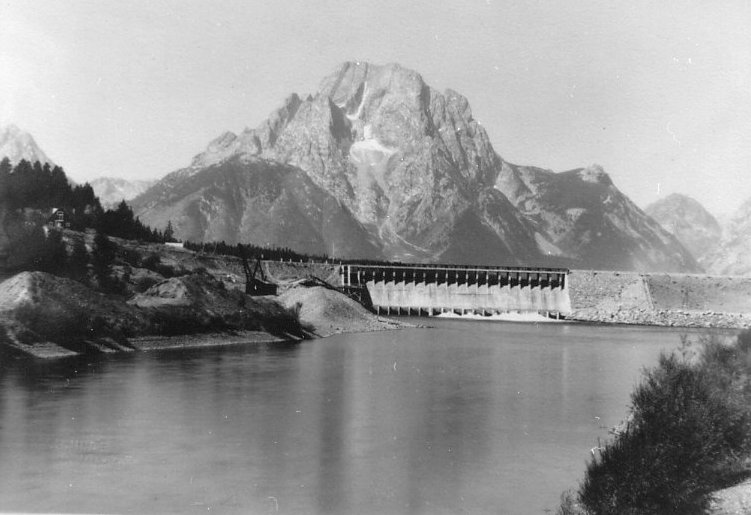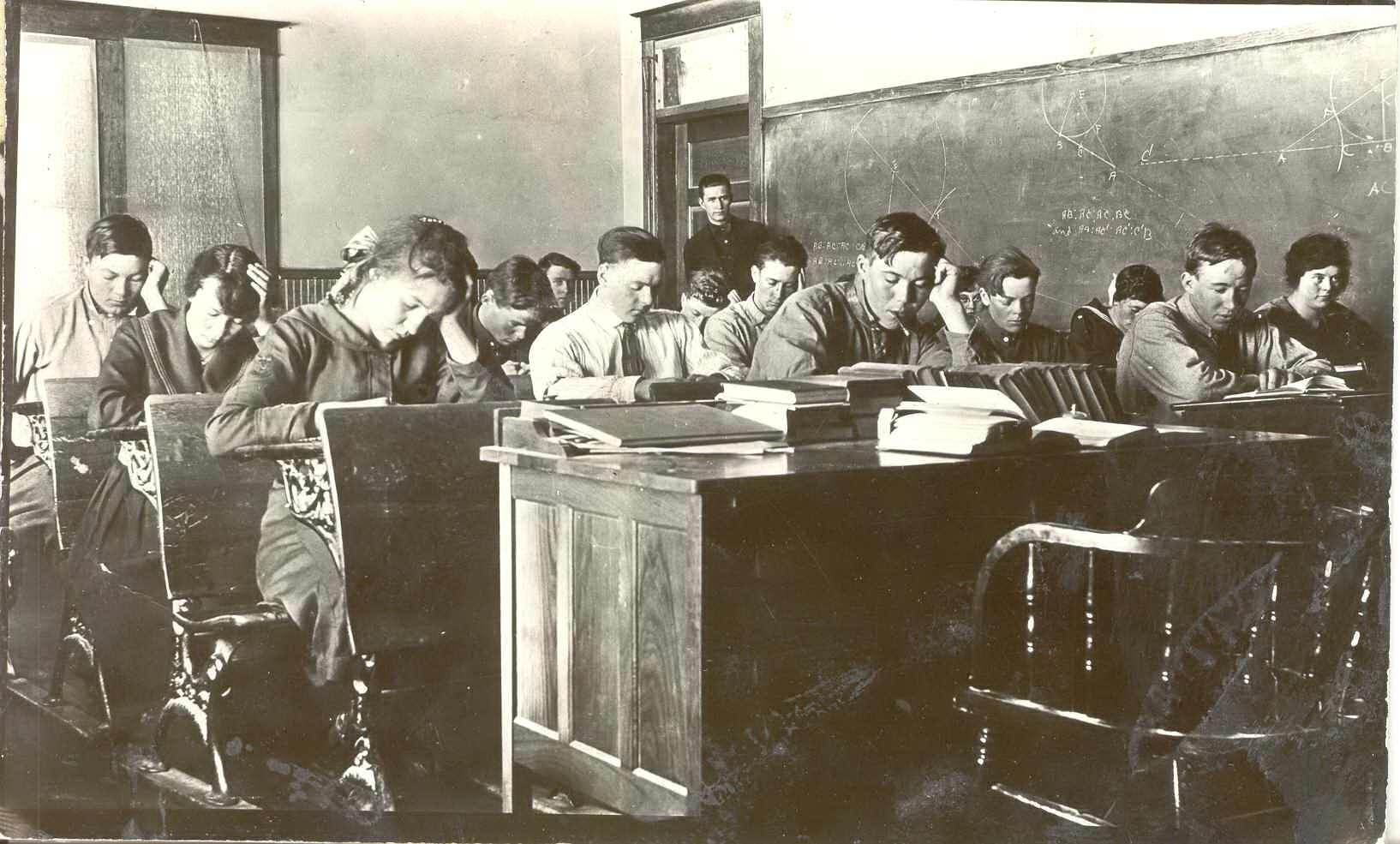Archives & Research Center
open by appointment
Researchers, students and the general public are welcome to visit our Archives & Research Center to search more than 19,800 photographs, 8,400 records, 3,200 published and unpublished books, and 470 oral histories on Jackson Hole and the West.
Our library collection is non-circulating but available for the public to use and most books are also available at the Teton County Library.
We also have a subscription to newspapers.com which houses the digital scans of Jackson Hole’s newspaper collections. To schedule a research appointment, email [email protected]

Online Collection
History Jackson Hole’s collection includes more than 7,200 objects and 19,800 photographs. A portion of these resources are available to view in our Online Collection.
View the Online Collection
submit a question
Our research team can assist you with finding items in our collection and answering questions about Jackson Hole history. Use this form to send your Jackson Hole history-related question to us.